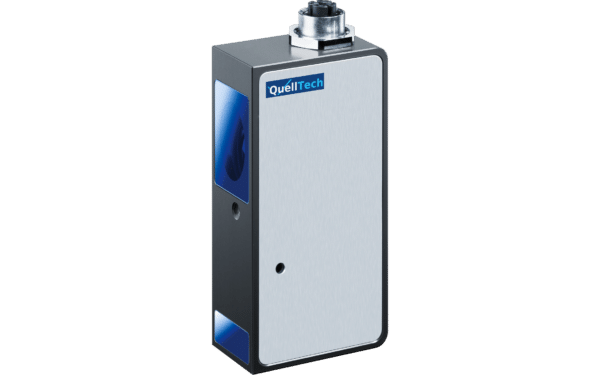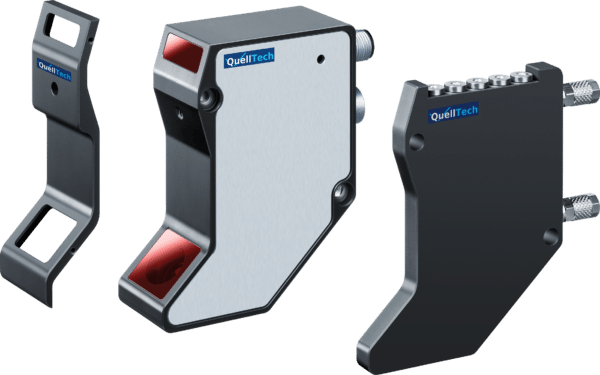Industrial image processing
What is meant by “industrial image processing”?
Machine vision works quickly and contactlessly, delivering objective results with high reliability and availability. It is increasingly being used for quality assurance as well as for process regulation and control in various branches of industry.
Many products that are now an integral part of our daily lives owe their status to image processing in the production process. New applications are constantly being developed in various areas. The term ‘industrial image processing’ is used today, and the performance of this technology is constantly growing. The combination of different sensor types and a wide range of applications contribute to this.
In which processes / industries is image processing used?
- • Shape and dimensional inspection
• Non-destructive testing
• Surface inspection, defect detection of complex structures
• Completeness check
• Object recognition
• Positioning
• Attendance check
• Non-destructive testing
• Detection of impurities
• Error checking of web goods
• Distance and position determination
Why is machine vision important?
Machine vision plays a crucial role for several reasons:
- Comprehensive quality inspection: Industrial image processing enables 100% inspection of all parts in a production line. This eliminates time-consuming spot checks.
- Defect detection and ejection: With the help of industrial image processing, defective preliminary products and end products can be detected and ejected at an early stage. This minimizes the risk of expensive customer complaints.
- Predictive maintenance: The technology enables predictive maintenance, which leads to increased machine service life and reduced downtime.
- Guidance of machines and robots: Machine vision enables precise guidance of machines and robots, which increases efficiency and accuracy in production.
- Improving quality and increasing productivity: Overall, industrial image processing makes a significant contribution to improving product quality and increasing productivity.
- Local production: The trend is increasingly moving towards producing where people consume, not least due to rising environmental and transportation costs. The use of image processing makes production competitive and prevents outsourcing to low-wage countries.
Definition and importance of industrial image processing
Industrial image processing refers to the use of hardware and software that together support the function of devices and systems by capturing and processing images. Digital sensors in industrial cameras and laser scanners, equipped with special optics, form the basis for image processing systems. This combination of hardware and software enables the processing, analysis and measurement of various features for decision-making.
Machine vision technology is primarily used for quality assurance in production. Depending on the application, either random samples or 100 percent inspections can be carried out. In any case, an industrial image processing system proves to be more reliable and traceable compared to visual inspection systems. It is not uncommon for industrial image processing to enable comprehensive quality assurance in various production areas.





